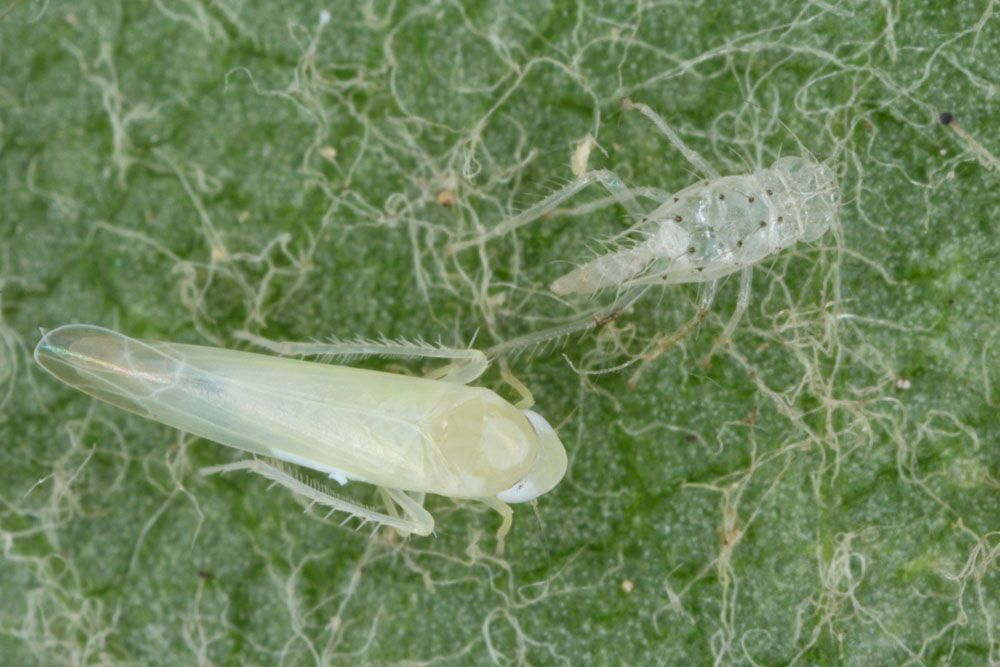
Rose Leafhopper – Ewardsiana rosae
Rose Leafhopper: Appearance, Territory, Damage and Life Cycle
Latin Name: Ewardsiana Rosae Sap Suckers
Appearance: These sap-sucking insects have mottled the leaves of roses and other rosaceous trees and shrubs. The rose leafhopper wreaks havoc on both roses and apples (Edwardsiana Rosae). It is about 3 mm long and ranges in color from creamy white to light yellow. It reproduces twice a year and spends the winter as an egg.
Hosts Plants: The rose leafhopper appears to overwinter only on roses (woody plants in the genus Rosa), but summer generations can host on other plants. Tree fruits such as apple, pear, plum, and cherry are all hosts.
Territory: Its native range is North and Central America, from Canada to Panama. The Red-banded leafhopper, Scarlet-and-green leafhopper, and Red-and-blue leafhopper are some of its other common names.
Damage Insect Cause: The most noticeable sign is light mottling on the leaf. They may be found on practically any plant; however, particular species are host-specific. Although a single leafhopper causes little harm to a plant, a swarm of them can be a major economic nuisance. Their eating can harm the plant in a variety of ways, including sap removal, chlorophyll destruction, disease transmission, and leaf curling. During egg laying, the host plant is also pierced.
Life History and Habits: The white apple leafhopper seems identical in all phases of life; however, the two species may be separated in many stages. Rose leafhopper nymphs feature rows of black dots on the rear of the thorax, including the wingpads, at the bases of strong setae. The markings are less evident in the early instars but become more obvious as the nymphs age. Adult rose leafhoppers have the same size and color as white apple leafhoppers, but males and females are recognized by genitalia differences. Female identification, on the other hand, is problematic.
